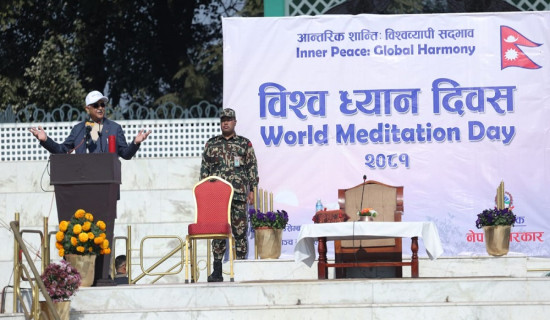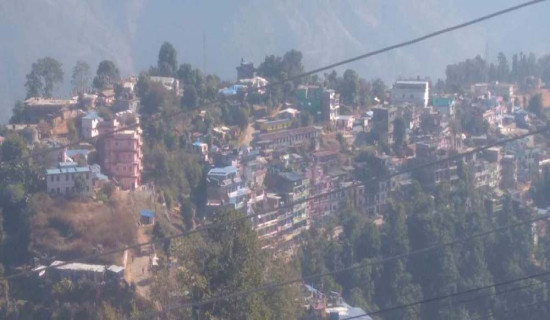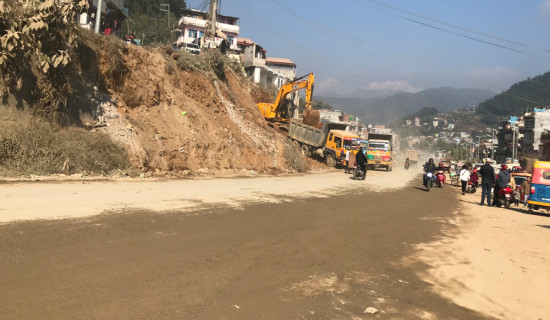- Saturday, 21 December 2024
Prospect Of Power Export
As Nepal makes a leap forward in electricity generation, electricity export has emerged as a bright spot in the country's economy. For an import-dependent country, the sector has proved to be not only a reliable source to earn foreign currency to partially cover the import, but also to power domestic industries, some of which export their products. Last year, for the first time, Nepal's electricity export (Rs. 17.06 billion) surpassed its import (Rs. 16.93 billion), becoming a net exporter of electricity. In an event that added another feather in the cap of its electricity export, Nepal exported electricity worth Rs. 7.54 billion to India during the first two months of the current fiscal year.
According to the Nepal Electricity Authority (NEA), the highest amount of electricity worth Rs. 995.5 million was exported during a week from September 1-8. However, since the week from August 25-31, the export figure has nosedived to Rs.690.8 million. Making matters worse, the rains of uncommon proportions towards the end of September and the subsequent devastating floods and landslides have badly damaged or destroyed many of our hydropower plants and transmission lines, hitting electricity generation and its export hard and disrupting electricity supply domestically.
The devastation seems to have dented the Authority's goal of exporting electricity worth Rs. 30 billion this year. The catastrophic events are the stark reminder of how vulnerable our hydropower plants and other infrastructures are to the extreme climatic events and why it has become imperative to take into account worst case when we embark on the effort to build them. As such events are projected to grow in frequency and severity, so will be their impacts. Needless to say, it's always better to stay safe than feel sorry. Setting up a medium-scale hydropower plant costs a fortune, and when it is going out of service, daily loss to the investors, and by extension to a country, amounts to millions of rupees. In other words, making them climate-resilient is crucial.
The NEA has been selling the surplus electricity in the day-ahead and real-time market of the Indian energy Exchange (IEX) at a competitive rate and in accordance with the bilateral medium-term electricity sale agreement in the states of Haryana and Bihar. It has so far received approval to sell 941 megawatts (MW) of electricity produced by 28 projects in the Indian market. Before the floods, around 999 MW was being exported daily, which has now dropped to 150 MW. About 750 MW, including the largest 456-MW Upper Tamakoshi Hydropower Project, is said to have been hampered by the floods and landslides.
In a promising sign, NEA, Bangladesh Power Development Board (BPDB) and India's NTPC Vidyut Vyapar Nigam (NVVN) last week signed a tripartite agreement in Kathmandu allowing Nepal to sell its electricity to Bangladesh using the land and transmission infrastructure of India. As per the agreement, in the first phase, Nepal will export 40 MW of power to Bangladesh during the wet season – six months from mid-June to mid-November – for the next five years, probably earning it US$ 9.2 million (about Rs. 1.22 billion) a year. This good news goes a long way to diversify our export market. It would be in the country's interest to ink such a deal with other countries as well.

















